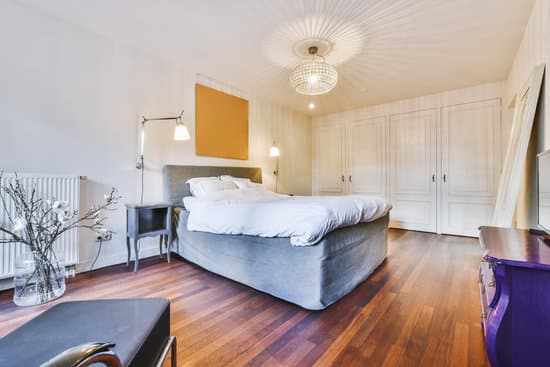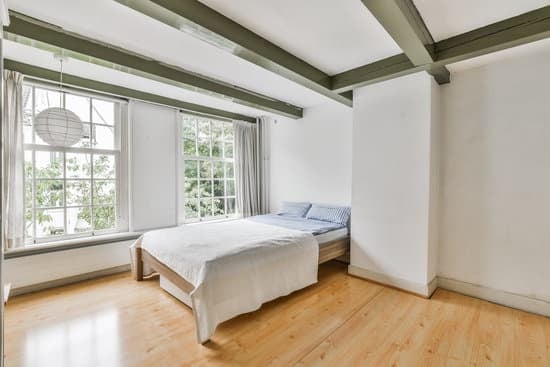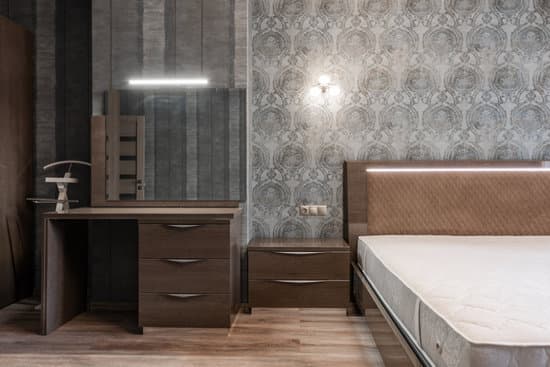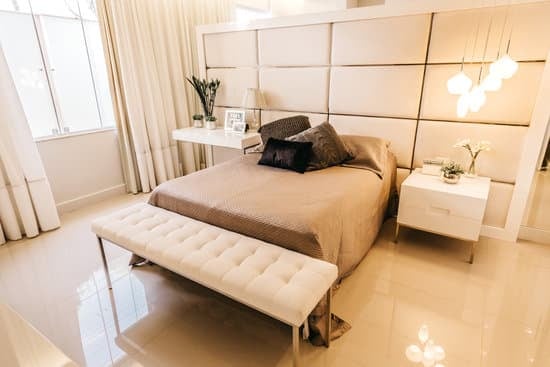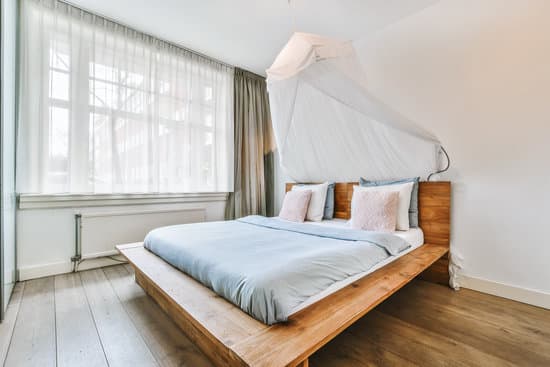Are you looking to transform your basement into a cozy and inviting bedroom? With careful planning and the right techniques, you can create a safe and comfortable space for yourself or your guests. In this article, we will guide you through the process of turning your basement into a functional bedroom, addressing important considerations such as lighting, ventilation, moisture control, insulation, flooring options, and furnishings. Get ready to convert that unused space into a peaceful sanctuary!
Assessing the Space and Planning the Layout
Assessing the space and planning the layout can be done by measuring the dimensions of the basement. Start by evaluating structural stability to ensure a safe transformation into a bedroom. Look for any signs of water damage or cracks in the walls, as these could indicate potential problems. It’s important to address any issues before proceeding with the conversion.
Next, focus on maximizing storage in your new bedroom. Consider built-in shelving or cabinets to make use of vertical space. Utilize under-bed storage containers or opt for a bed frame with built-in drawers to keep belongings organized and out of sight.
Additionally, take note of any existing windows or natural light sources in order to optimize lighting options and ventilation within the room. Adequate lighting is crucial for comfort and safety.
By carefully assessing the space and planning accordingly, you can create a functional and inviting bedroom in your basement while ensuring structural stability and maximizing storage options.
Ensuring Proper Lighting and Ventilation
To ensure proper lighting and ventilation, you should consider adding windows or skylights to the space. Natural lighting is crucial in a basement bedroom as it creates a warm and inviting atmosphere. It also helps regulate your circadian rhythm, promoting better sleep. If windows are not possible, artificial lighting can be used strategically to mimic natural light. Choose bright and energy-efficient bulbs to create a well-lit environment.
In addition to lighting, air circulation is essential for a healthy basement bedroom. Proper ventilation helps remove excess moisture, preventing mold and mildew growth. Install vents or fans to improve airflow and keep the room fresh. Consider investing in a dehumidifier if your basement tends to be damp.
By ensuring proper lighting and ventilation in your basement bedroom, you can create a safe and comfortable space that promotes restful sleep and overall well-being.
Addressing Moisture and Waterproofing Issues
Addressing moisture and waterproofing issues in a basement is crucial for creating a dry and habitable space. When converting your basement into a bedroom, it’s important to implement effective moisture control techniques and waterproofing solutions to ensure the safety and comfort of the occupants. Start by inspecting the walls and floors for any signs of dampness or leaks. Seal any cracks or gaps using hydraulic cement or epoxy injections to prevent water infiltration. Installing a sump pump can help remove excess water from the basement. Consider applying waterproof coatings on the walls and floors to create an additional barrier against moisture. Properly insulate pipes to prevent condensation, which can lead to mold growth. By taking these necessary steps, you can transform your basement into a cozy, dry, and safe bedroom space.
Installing Insulation for Comfort and Energy Efficiency
To ensure a comfortable and energy-efficient space, you should consider installing insulation in your basement. Proper insulation not only reduces heat loss but also helps with soundproofing. Here are some reasons why insulation is crucial for your basement conversion:
- Improved comfort: Insulation keeps the temperature regulated, making your basement cozy and enjoyable year-round.
- Energy efficiency: By preventing heat transfer, insulation helps reduce energy consumption and lower utility bills.
- Noise reduction: Insulating materials like fiberglass or foam can help block out unwanted noise from upstairs or outside.
- Safety enhancement: Insulation acts as a fire barrier, providing an extra layer of protection to keep you and your loved ones safe.
Take the necessary steps to insulate your basement properly, ensuring a comfortable and secure environment while reducing heat loss and sound infiltration.
Choosing the Right Flooring and Furnishings
When choosing the right flooring and furnishings for your basement conversion, consider options that are durable and moisture-resistant. This is crucial to ensure a safe and comfortable living space. There are several flooring options to choose from, such as vinyl or laminate flooring, which are both affordable and easy to maintain. These materials are also resistant to moisture, preventing any potential damage caused by dampness in the basement. Additionally, when it comes to furniture selection, opt for pieces that can withstand humidity levels often found in basements. Look for furniture made of materials like metal or plastic that won’t absorb moisture or develop mold. By selecting the appropriate flooring and furnishings, you’ll create a cozy basement bedroom while ensuring safety and longevity for your new space.
Conclusion
In conclusion, transforming your basement into a bedroom is an exciting project that can add value and functionality to your home. By assessing the space, planning the layout, ensuring proper lighting and ventilation, addressing moisture issues, installing insulation, and choosing the right flooring and furnishings, you can create a comfortable and inviting bedroom that meets all your needs. With careful consideration and attention to detail, your basement will become a cozy retreat for you or your guests to enjoy for years to come.

